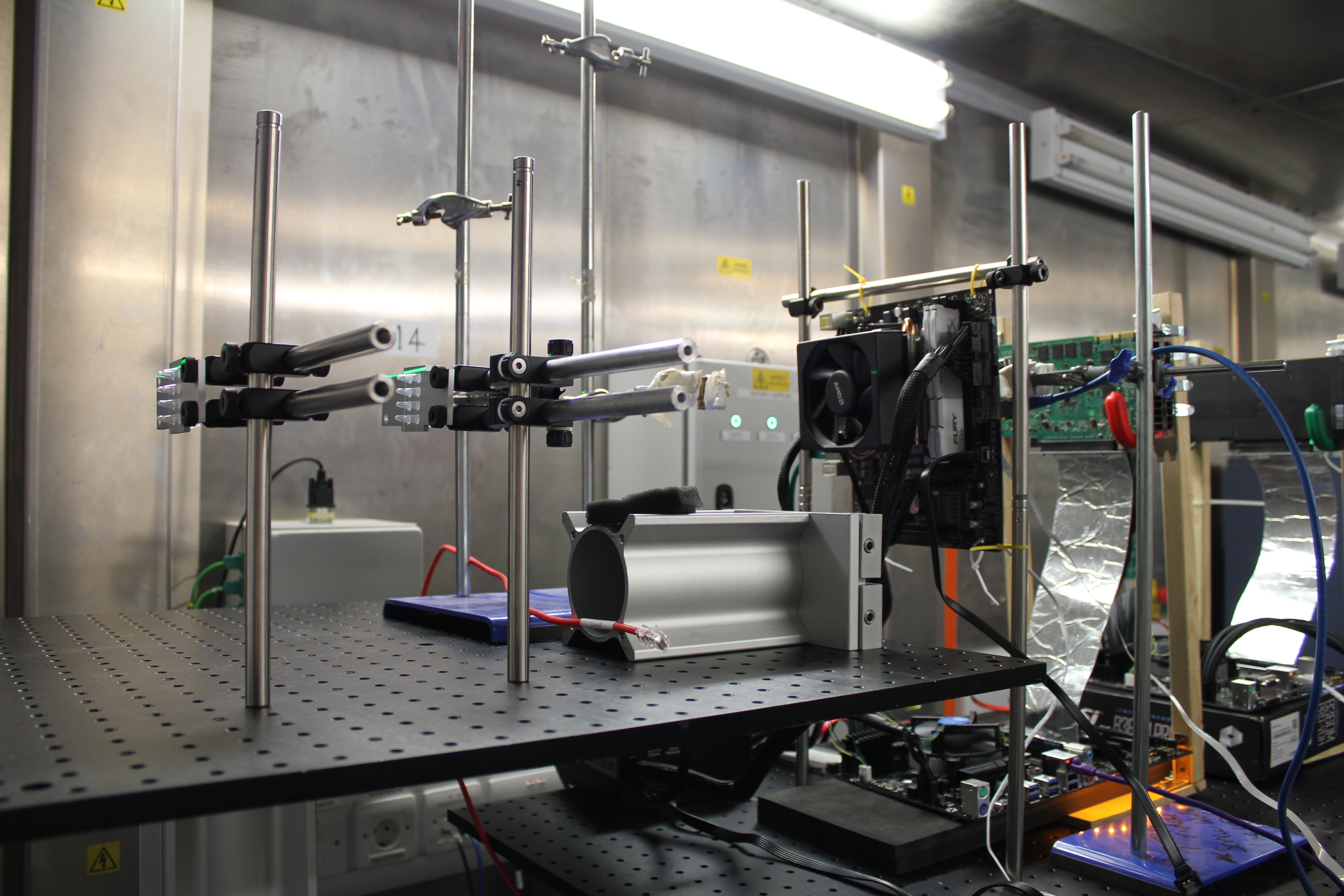Technology is progressing so fast that our methods of data storage quickly become out of date. One example is music: from cassette to CD to mini-disk to cloud storage in a very short space of time. This illustrates the challenge for those who need to archive information for a long time in a format that they know others in the future will be able to use.
The interest of humans in their origins has led to extensive studies of our genetic make-up and the landmark discovery of the structure of DNA in the 1950s. While technology has progressed and data stored on old devices are difficult to access, the desire of humans to read their own DNA is expected to remain strong. Bichlien Nguyen from Microsoft explains; “This means there is likely to always be a way to sequence DNA and therefore extract any data stored on it, making it an ideal storage medium for archiving."
Data are conventionally stored on disk for fast access and analysis, and on tape for backup and archiving. Both tape and disk storage require power to maintain or require copies to be made regularly. It is known that DNA is long-lasting: there is an example of DNA from a horse that was found in good condition, despite being between 560,000-780,000 years old. Microsoft and collaborators from the University of Washington in Seattle and ETH-Zurich in Switzerland have previously investigated the effect of temperature and humidity on DNA data storage, looking for conditions where it would be stable and cheap to store.

One factor the team wanted to consider was whether cosmic rays, which cause showers of subatomic particles to rain down onto Earth, would have an impact on their DNA samples, as they can on conventional magnetic storage devices. The group of researchers came to the ChipIr beamline at the ISIS Neutron and Muon Source to investigate the effect of cosmic ray neutrons on digital data encoded in DNA, to inform how they would need to be protected or shielded when kept for long periods. The accelerated neutron flux from ChipIr allows the group to study the effects of thousands, or even millions, of years of cosmic radiation damage in one day. After some issues with the control samples measured at ISIS, the team carried out a replicate experiment at the Los Alamos Neutron Science Center (LANSE). Image, right: DNA samples loaded in the ChipIr beamline ready for testing.
The team irradiated their samples with neutron particle radiation, with the longest exposed samples experiencing the equivalent to 4.4 million years of exposure at sea level in New York City. For these experiments, the researchers used a picture of a space shuttle and a topological map of the globe as test samples. To turn a picture into DNA, they start with a binary file, chop it up into smaller pieces and encode the pieces into sequences of ACTG, which are then synthesised by Twist Biosciences.
After finishing the neutron irradiation, they sequence the samples, using their codes to translate back to the original data to see what had happened to the image and map. If any errors had been introduced by the radiation, faults in the files would be expected, as occurs with electronic storage devices. They found that, unlike traditional magnetic media storage devices, the DNA was inherently resistant to damage from particle radiation.
Another advantage of DNA is that it's extremely easy to copy. The samples used on ChipIr contained up to 1,000,000 copies in each tiny test tube. Storing data in this way, you could fit an Exabyte of data into a few sugar cubes, and the whole accessible internet into a shoebox. It therefore offers a denser, more reliable method of data storage that could be more environmentally sustainable.
The full paper can be found online at DOI: 10.1038/s41467-024-51768-x
